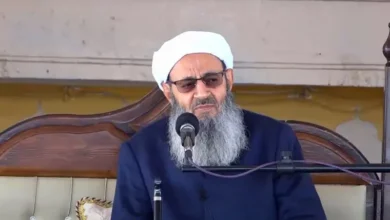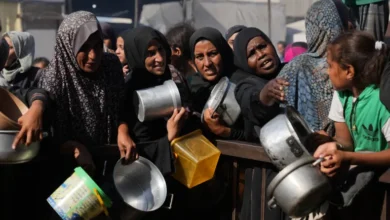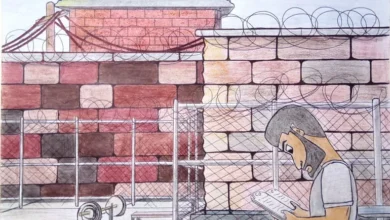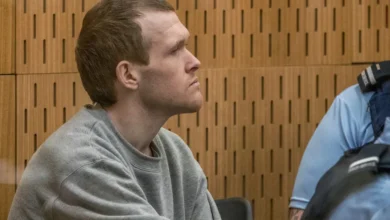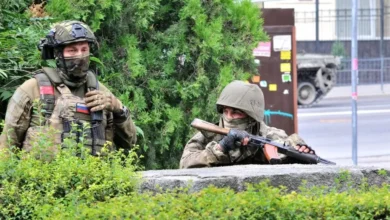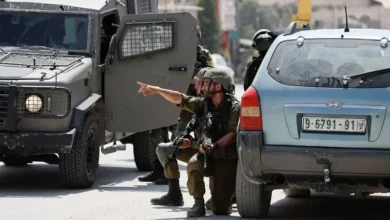In Armenia, a bitter dispute escalates between PM Pashinyan and the Church
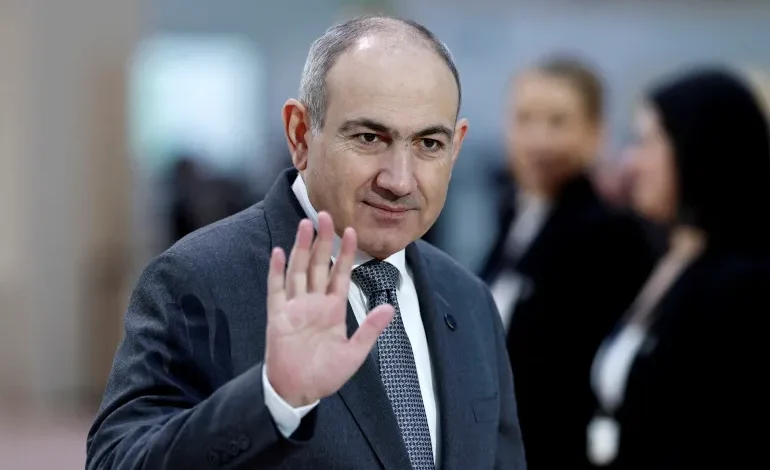
A confrontation between Prime Minister Nikol Pashinyan and Armenia’s top Christian clerics seems to be deepening, polarising the deeply religious South Caucasus nation of 3 million.
St Echmiadzin, the Armenian Apostolic Church’s headquarters, has been “taken over by the anti-Christian, immoral, antinational and antistate group and has to be liberated”, Pashinyan wrote on Facebook on Tuesday, adding: “I will lead this liberation.”The dispute escalated late last month, with bells ringing tocsin over St Echmiadzin on June 27.
Usually, the loud and alarming sound signals an event of significance, such as a foreign invasion.
But on that parching-hot June day, the noise rang out to signal the detention of a top cleric who, according to Pashinyan, was part of a “criminal-oligarchic clergy” that was involved in “terrorism” and plotted a “coup”.
He said the “coup organisers” include the Church’s head, Karekin II, who has disputed with Pashinyan in a months-long personal feud.
But the conflict should not be seen as a confrontation between secular authorities and the entire Church, observers said.
“It’s a personal clash,” Richard Giragosian of the Regional Studies Center think tank based in the Armenian capital, Yerevan, told Al Jazeera.
“We lost our statehood so many times, so being part of the Church was equal to being Armenian,” Narine Malikyan, a 37-year-old mother of two from Armenia’s second-largest city of Guymri, told Al Jazeera. “Attacking the Church is like attacking every Armenian.”The Church, whose doctrine differs from that of the Roman Catholic and Orthodox sees, has for centuries helped maintain the identity of Armenians while their lands were ruled by Iranians, Byzantines, Arabs, Mongols, Turks and Russians.
‘The Karabakh clan’
The conflict between Pashinyan and Karekin is rooted in the 2020 war between Armenia and Azerbaijan that ended a decades-old “frozen conflict”.
In the early 1990s, Nagorno-Karabakh, a mountainous Azeri enclave dominated by ethnic Armenians, broke away in a bloody war that uprooted up to a million.
Moscow-backed separatist leaders from Nagorno-Karabakh became part of Armenia’s political elite and cultivated ties with the Church.
The so-called “Karabakh clan” spawned two presidents who ruled Armenia for 20 years but were accused of corruption, cronyism and pocketing donations from Armenian diasporas in France, the United States and Russia.
In 2018, Pashinyan, an ex-lawmaker and popular publicist, led huge protests that toppled the “Karabakh clan”. He became prime minister with approval ratings of more than 80 percent.
Some protesters back then flocked to St Echmiadzin to urge Karekin to step down as they lambasted his penchant for luxurious cars and lavish parties.
‘An illegitimate child’
Two years later, Armenia lost Nagorno-Karabakh in a 44-day war that proved the superiority of drone attacks and hi-tech stratagems.
By 2023, Azerbaijan regained control of the entire Dubai-sized territory, while tens of thousands of its residents flocked to Armenia.
Karekin blamed Pashinyan for the defeat, even though observers have argued that the responsibility lies with his predecessors’s miscalculations.
Pashinyan struck back.
He claimed that 73-year-old Karekin – who was ordained in 1970, studied theology in Austria, Germany and Moscow and became the Church’s head in 1999, broke his vow of celibacy to father a child – and should, therefore, vacate his seat.
“If Karekin II tries to denounce this fact, I’ll prove it in all necessary ways,” Pashinyan wrote on Facebook on June 9.
He did not specify the details, but Armenian media “discovered” that Karekin’s alleged daughter is a medical doctor in Yerevan.
Karekin did not respond to the claim but accused Pashinyan of dividing Armenians.


